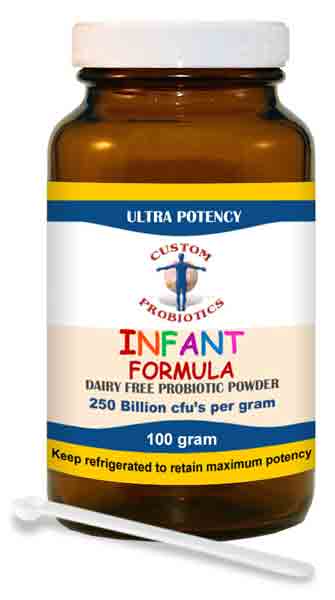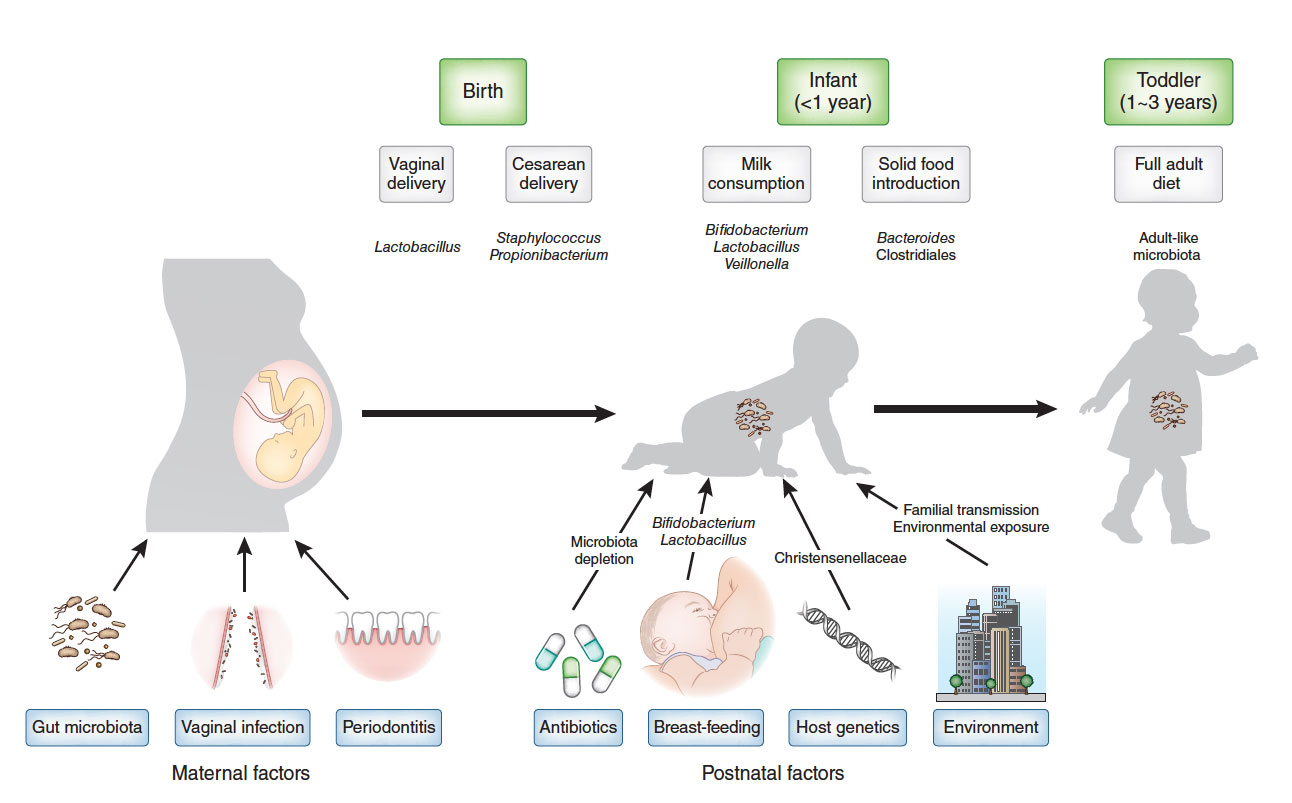Why baby probiotics are important for children?
 |
The gut flora of a newborn is very important for the immune system and future development of any child, especially during the first three years. Certain factors such as breastfeeding and normal vaginal birth affect a child’s positive gut flora development. In the absence of these two factors, the use of baby probiotic supplements will improve the gut flora and the immune system. Our infant formula is designed for newborns up to three years. Dosages must be at very low levels to start with and increased gradually according to the child’s age. Our infant formula will cover the small and large intestines. Our infant formula will cover the small and large intestines and consist of four probiotic strains: Lactobacilus Acidophilus, L. Rhamnosus, B. Bifidum and B. Infantis. Infant Probiotic Formula$115.00 |

